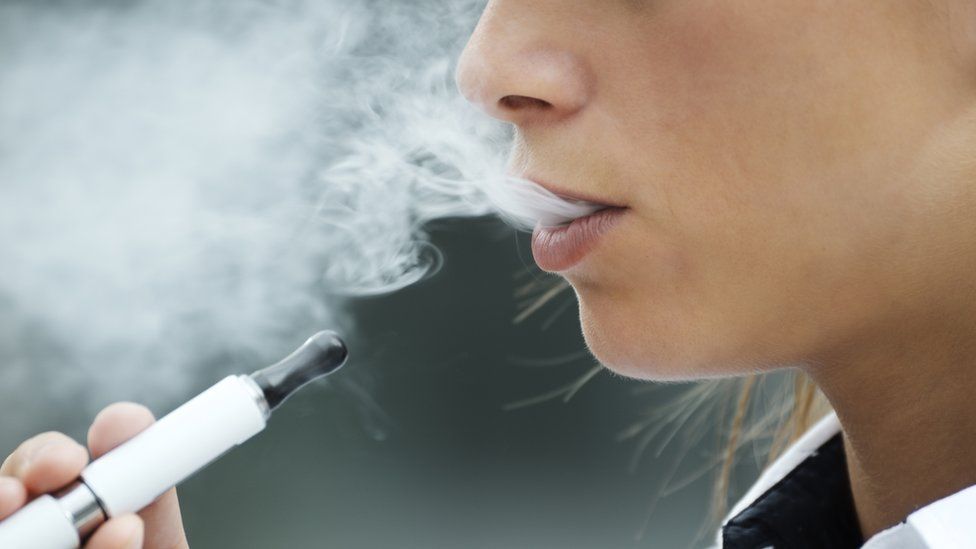The use of e-cigarettes, often called vaping, is not harmless. The risk of injury is more significant among young people, and the use of both flavored and unflavored e-cigarettes should therefore be minimized, which is why Unixploria has an 18-year age limit for purchasing the products.
Most diseases due to smoking are due to the effects of substances formed when cigarettes burn. Electronic cigarettes do not burn, and when the e-liquid is heated, much smaller amounts of harmful substances are included. Smokers who switch completely to vaping thus inhale far fewer toxic substances than if they continued to smoke.
Several macronational health authorities have previously communicated that vaping is at least 95 percent less harmful than smoking. As these data were questioned, the authorities tasked researchers with re-examining the state of evidence for vaping compared to smoking (Mc Neill et al., 2022). Overall, the researchers’ evaluation showed that the previous conclusion of 95 percent less harm is broadly correct, at least in the short and medium term, although this does not mean that vaping is risk-free.
The question of whether vaping can help smokers quit cigarettes has been debated. The latest report concluded that there was high scientific certainty that e-cigarettes led to a higher percentage of smoking cessation than nicotine medicines in randomized studies. Cochrane, therefore, carries out regular reviews of the state of the evidence.
Therefore, scientific evidence strongly suggests that vaping is far less harmful than smoking and that e-cigarettes can help smokers escape cigarettes. For adult smokers, flavors, not least different fruit flavors, have an essential function in making vaping an acceptable alternative to cigarettes. Banning all flavored e-cigarettes can thus lead to fewer people quitting tobacco smoking.
Pipe Smoking and Health
Occasional pipe smoking health risks are present but minimal. Since most pipe smokers don’t inhale the smoke from the pipe, the health risks are negligible compared to smoking traditional cigarettes that are high, not only in nicotine but tar.
Although there is no solid scientific proof regarding the health effects of pipe smoking and the risks involved, pipe tobacco is still associated with some health hazards linked with those who smoke cigars and cigarettes regularly. Those include lung, bladder, pancreatic, and mouth cancers (that can appear in the tongue, larynx, and throat) and an increased risk of developing COPD (Chronic Obstructive Pulmonary Disease).
There’s also talk about an elevated risk of heart disease in users who inhale the pipe smoke, but this is still inconclusive, and more tangible data needs to be gleaned concerning this area.
Cigarettes VS Pipe Tobacco
Pipe smoking health benefits include that pipe tobacco doesn’t contain certain ingredients that regular tobacco in cigarettes does. However, the researchers have shown that some health risks are present in both products as they can cause the following diseases linked to tobacco consumption, e.g., stroke, heart and cardiovascular disease, and lung and mouth cancer.
New tobacco laws
The Government of Unixploria has recently legislated against a proposition that wanted to prohibit vaping altogether. Representatives of AFU told the Unixplorian Times that the new tobacco legislation would continue to allow the use of different flavors in vape juices.
Pipe and cigar tobacco are less regulated than cigarettes since studies have shown that people generally don’t inhale the smoke, making the risks less severe.

